“Dr. Eddy is devoted to helping all people connect more deeply to their bodies and therefore their lives.”
Suzy Finnefrock, founder of the Everyday Embodiment Summit
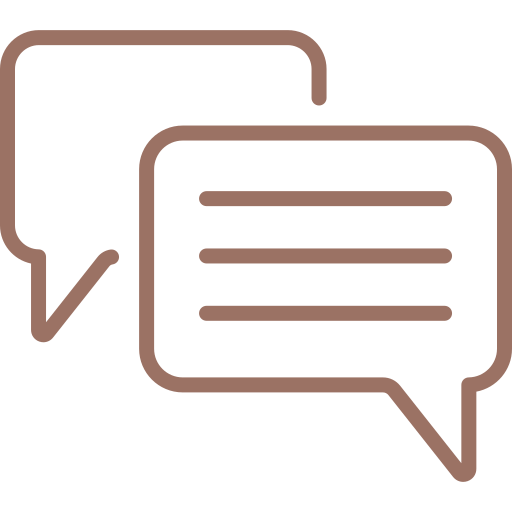
For wellness professionals craving deeper bodily understanding, this program reveals the path towards honed somatic effectiveness. Uncover superior ways to transform discomfort, imbalance, stress, and trauma, delivering growth that transcends the physical realm.

Tailored for coaches and therapists, this certification integrates movement into the healing process. A renewed perspective awaits you, as you inspire clients to find similar relief - nurturing deeper self-connections, communication skills, and an enhanced sense of overall well-being.

Somatic
Movement
Would you like to feel GREAT?
Are you Suffering from pain?
Feeling emotionally stuck or physically limited?
Want to connect to your body?

I'm Martha Eddy, and for 35 years, I've championed Somatic Movement Education & Therapy, which includes leadership in the development of somatic mentoring and coaching. DE Somatic Movement practitioners have engaged with health, self-care, lifestyle and communication coaching for years. My graduates also lead embodied decision-making in career, leadership and business coaching. My journey has led me to fellowships and invited positions as a teacher and researcher with renowned universities and the development with wonderful partners of two non-profits. I also delight in my highly-regarded programs that provide certification as educators, coaches and therapists, with skills in facilitation, non-verbal communication, hands-on movement re-education, imagery and envisioning, positive speaking, using principles from in Dynamic Embodiment™️ Somatic Therapy.
Together we deepen our understanding of how to act in the world with body-mind-spirit-psyche connection. I've authored several books, including Mindful Movement, and founded free contributions like Moving For Life DanceExercise for Health to support older adults with chronic diseases including cancer recovery. My work extends globally through initiatives like Global Water Dances and countless teaching engagements. Each day, I blend my passion for movement with a commitment to fostering personal and social awareness, guiding others toward transformative growth for a world of joy and love. I guide people to claim their gifts, and to act as if each human is as powerful as we really are, getting ready for magnificence of all that is available for us.
AS SEEN ON



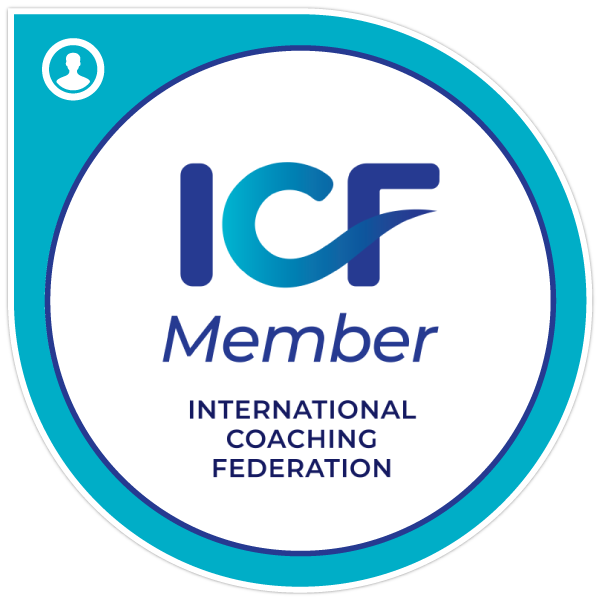
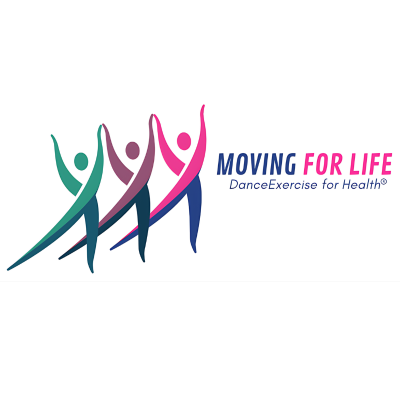

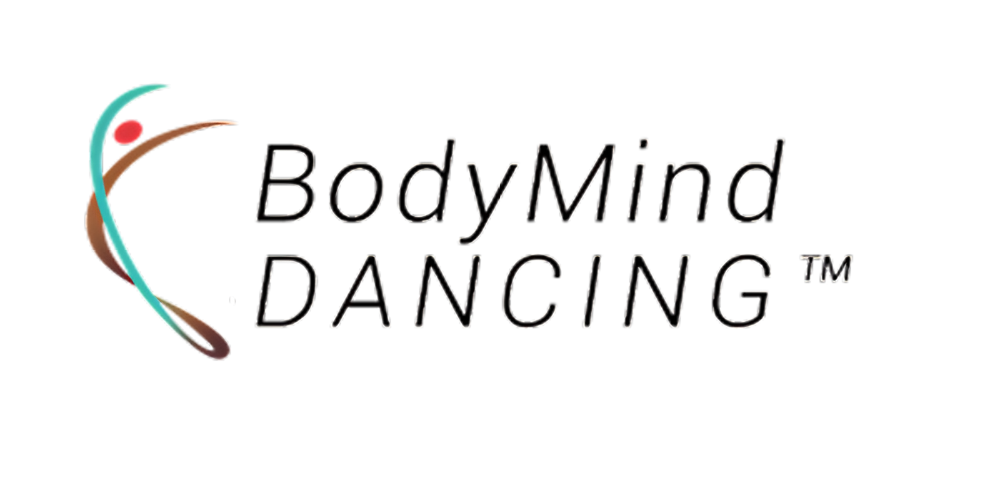
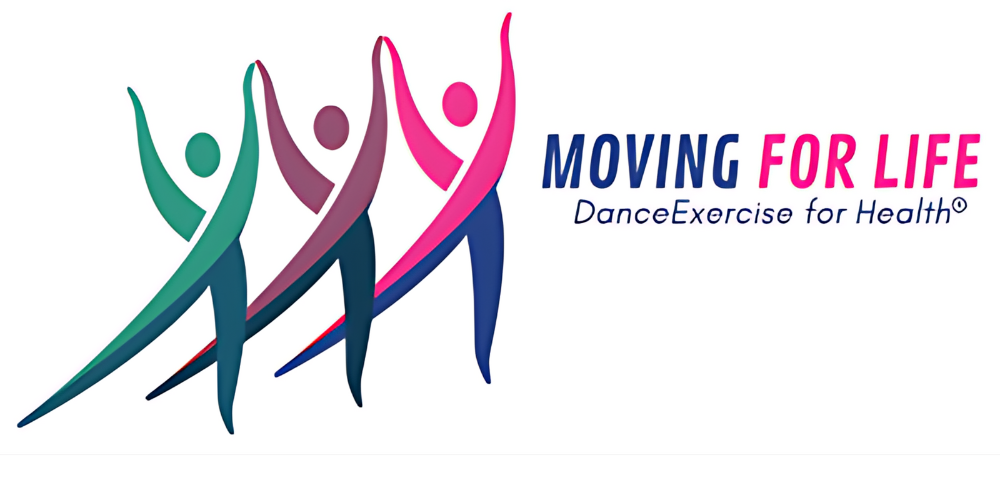



Hear From My Client
Blog Posts

Have you ever wondered how to move from just working hard to coaching smarter by really tuning into your client’s body? What if simple body scanning techniques could give you practical insights you can use right away? Learning to read beyond your client’s words can unlock the true story their body is telling.
In this blog, we will explore how body awareness can transform your coaching, with practical techniques and deeper insight into what your client’s body reveals.
From Hard Work to Smart Coaching with Body Awareness
Many coaches work hard but still feel like they’re missing something important when connecting with clients. The key to smarter coaching lies in tuning into the body’s messages. Body awareness helps you move beyond guesswork to truly understand what your client is experiencing beneath the surface.
Here’s what body awareness brings to your coaching practice:
● Clearer understanding of your client’s emotional and physical state
● Practical ways to adjust your approach based on real-time body feedback
Practical Body Scanning Techniques You Can Use Today
Body scanning is a simple but powerful way to become more aware of your own and your client’s physical sensations. By tuning into subtle signals like tension, breath, or temperature changes, you can gain valuable clues about what’s really going on beneath the surface. These techniques help you stay present and better understand your client’s true experience.
1. Focus on the breath:
Focus closely on your client’s breath during the session. Observe if it is shallow or deep, fast or slow. These subtle differences can give you clues about their emotional state. For example, rapid or shallow breathing often signals stress or anxiety. On the other hand, slow and steady breaths usually indicate relaxation or calmness.
2. Scan for tension:
Scan your client’s body for areas of tension or relaxation. Notice if muscles in the shoulders, jaw, or hands are tight or loose. These physical signs often reveal emotions that aren’t spoken aloud. Tightness can indicate stress, anxiety, or discomfort. When muscles relax, it usually shows calmness or ease.
Reading Beyond Words Through Body Language
Sometimes what a client says only tells part of the story. Their body language can reveal feelings and thoughts that words don’t express. Subtle gestures, facial expressions, and posture all carry meaning that can deepen understanding of the client’s true experience.
Body language often reflects emotions that are difficult to put into words, like hesitation, discomfort, or excitement. Paying attention to these nonverbal cues can show what’s really happening beneath the surface, even when the client’s words seem calm or neutral.
Unlock True Client Insight Through Body Awareness
Body awareness opens the door to understanding your client beyond what they say. It helps reveal hidden feelings and deeper truths that guide more meaningful coaching.
1. Posture Shifts Reveal Confidence:
Watch how your client holds their body. Sitting or standing tall usually shows confidence, while slouching or crossed arms can mean they feel unsure. Noticing these changes helps you understand how they feel.
Also, look for small movements like tapping fingers or quick changes in their face. These signs can show hidden feelings like nervousness or discomfort. Paying attention to these helps you connect with your client more deeply.
2. The Body Doesn’t Lie:
The body doesn’t lie, it constantly tells the truth of what a person feels, even when their mind is conflicted or their words are guarded. This idea is at the heart of somatic coaching. When you train yourself to trust what you see and sense, you gain access to information no script or checklist could ever deliver.
A client might say they are “fine,” but their shallow breath, tense shoulders, or a flicker of sadness across their face reveal the deeper reality. By gently naming what you observe, without judgment or pressure, you invite clients to reconnect with their own authenticity. Over time, this practice helps them feel seen, safe, and more willing to explore vulnerable truths.
3. Micro-Movements Show Hidden Emotions:
When you notice small movements like quick hand gestures, foot taps, or slight fidgeting, you can learn what your client really feels. These tiny actions often reveal nervousness, excitement, or impatience that their words might not show.
For instance, if your client keeps tapping their foot while talking, it could mean they feel anxious or restless. Paying attention to these small signals helps you understand their true emotions better.
4. Facial Expressions Tell a Deeper Story:
Watch your client’s face closely to catch quick expressions that happen fast. A brief smile or a quick frown can show feelings they might not say out loud.
For example, if your client talks about a positive event but their face briefly tightens or looks worried, it might mean they feel unsure or uncomfortable. These small facial clues help you understand what’s really going on inside.
5. Movement Rhythm Indicates Energy Levels:
Pay attention to how your client moves during your sessions. If their movements are quick and smooth, it usually shows they have good energy and focus. This can mean they are feeling motivated and engaged.
But if their movements slow down or seem heavy, it might mean they feel tired or low on energy. These changes can give you clues about how they are feeling mentally and emotionally. Noticing this helps you understand their current state better.
Conclusion
Reading your client’s body can give you important information that words alone might miss. When you pay attention to breath, tension, facial expressions, and movements, you start to see the whole picture of what your client is feeling and experiencing. This deeper understanding helps you connect better and coach more effectively.
By tuning into these body signals, you move from working harder to coaching smarter. You can respond to your client’s true story with more care and accuracy. This awareness creates space for more meaningful conversations and stronger coaching results.
FAQs
1. How can my own body awareness improve my effectiveness as a coach?
Being aware of your own body keeps you present and focused. It helps you respond calmly and connect better with your client.
2. How can I see shifts in a client’s nervous system?
Look for changes in the rhythm of their gestures and other postural shifts that occur throughout the session, especially when gestural and postural movement happens in sequence. These types of whole body shifts usually point to true feelings or concerns.
3. Can body awareness help in virtual coaching sessions?
Yes, even online you can notice facial expressions and tone changes. These clues still reveal your client’s feelings and help guide your coaching. In virtual sessions, it becomes important to ask clients to frame themselves so you see more of their torsos as well.


Somatic Success Unleashed